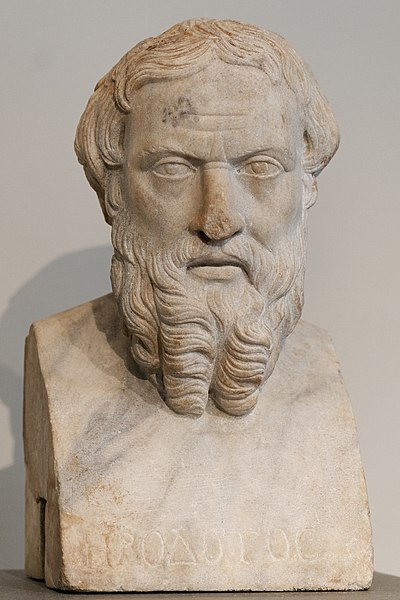Picatrix is the Latin name used today for a 400-page book of magic and astrology originally written in Arabic under the title Ghāyat al-Ḥakīm, which most scholars assume was originally written in the middle of the 11th century, though an argument for composition in the first half of the 10th century has been made. The Arabic title translates as The Aim of the Sage or The Goal of The Wise. The Arabic work was translated into Spanish and then into Latin during the 13th century, at which time it got the Latin title Picatrix. The book's title Picatrix is also sometimes used to refer to the book's author.
Pages from a 14th century version of the manuscript.
Magic is an ancient practice rooted in rituals, spiritual divinations, and/or cultural lineage—with an intention to invoke, manipulate, or otherwise manifest supernatural forces, beings, or entities in the natural world. It is a categorical yet often ambiguous term which has been used to refer to a wide variety of beliefs and practices, frequently considered separate from both religion and science.
The Magician, an illustration from the Rider–Waite tarot deck first published in 1910
One of the earliest surviving accounts of the Persian mágoi was provided by the Greek historian Herodotus.
Bronze protection plaque from the Neo-Assyrian era showing the demon Lamashtu
Mandaic-language incantation bowl





